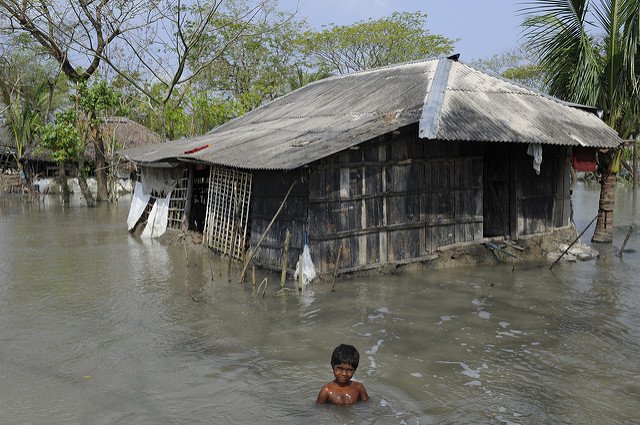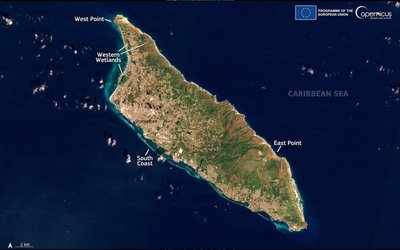
By Jarl Kind, Deltares (www.deltares.nl)
Poor and vulnerable people are insufficiently protected against floods. Investments in flood risk management are based on inadequate cost-benefit analyses with a too narrow focus on financial losses rather than on losses in terms of well-being.
A dollar of flood damage has a far larger impact on poor than on wealthy households. This reality should be part of cost-benefit analyses for investments in flood risk management, a method that is founded in the principles of social welfare. In the current practice, however, this is not the case. As a result, wealthier regions are better protected than poorer ones. Current cost-benefit analyses therefore discriminate against poor and vulnerable people, especially in developing countries. As a result, these people are insufficiently protected against floods. There is an urgent need to improve the current practice of risk assessments and cost-benefit analyses for the benefit of the poor and most vulnerable.
Reducing flood risks
On average 19,000 people die each year as a result of floods, most of them in developing countries. Direct flood damages amount to a staggering average of 15 billion dollars per year. Reducing present and future flood risks poses a major challenge, also in financial terms. To maximise risk reduction with limited financial resources, costs and benefits of investments in flood risk management are therefore being balanced against each other. The largest benefit is achieved by investing in places where risks are highest.
A dollar has a different value in different circumstances
In standard risk assessments, risk is narrowly defined as probability multiplied with consequences, and consequences are defined in financial terms. From this definition, risk reduction is reducing the chance that floods lead to a lot of financial damage. As a result, wealthier regions are better protected than poorer ones. This is not in line with social welfare economics, where the value of an additional dollar declines when income rises. In welfare terms, an additional dollar has different values in different situations (with or without flooding) and for different people (rich or poor). The same dollar of flood damage has a far larger impact on the well-being of poorer than of wealthier households. This reality should be part of cost-benefit analyses: the benefits of risk reduction should extend beyond the narrowly defined financial losses, and should also take into account social vulnerability and income distribution. This way, damage to poor and vulnerable households is given more value than damage to non-poor households. The principles of social welfare economics can be included by incorporating ‘risk aversion’ and ‘distributional weights’ in cost-benefit analyses.
Renewed interest in social welfare in cost-benefit analyses
The renewed interest in social welfare in cost-benefit analyses emerges from discussions on cost-benefit analyses for measures to mitigate climate change, in which climate change induced damages are weighted differently for rich and poor countries. This has led to the insight that also differences in income and social vulnerability within countries should be taken into account. At this moment there is a lack of international consensus on how to conduct cost-benefit analyses for investments in flood risk management and other types of adaptation measures. Different countries apply different guidelines and only few of them, such as the United Kingdom, take social welfare fully into account. At this moment, the social welfare approach is being supported by organisations like the EU, OECD and World Bank.
Hypothetical case study
A hypothetical flood risk management case study was elaborated in which both the current standard approach and the social welfare approach that includes risk aversion and income distribution were applied. The case study shows that the standard and social welfare approach lead to completely different conclusions about the desired flood risk management policy. The social welfare approach puts more emphasis on measures for poor and socially vulnerable groups, on measures that reduce the consequences of floods rather than the flood probabilities, and on risk sharing mechanisms.
More information
Click here for the full article.
Source: Kind et al. (2016). WIREs Clim Change 2016
Photo: DFID / Rafiqur Rahman Raqu (www.flickr.com)








